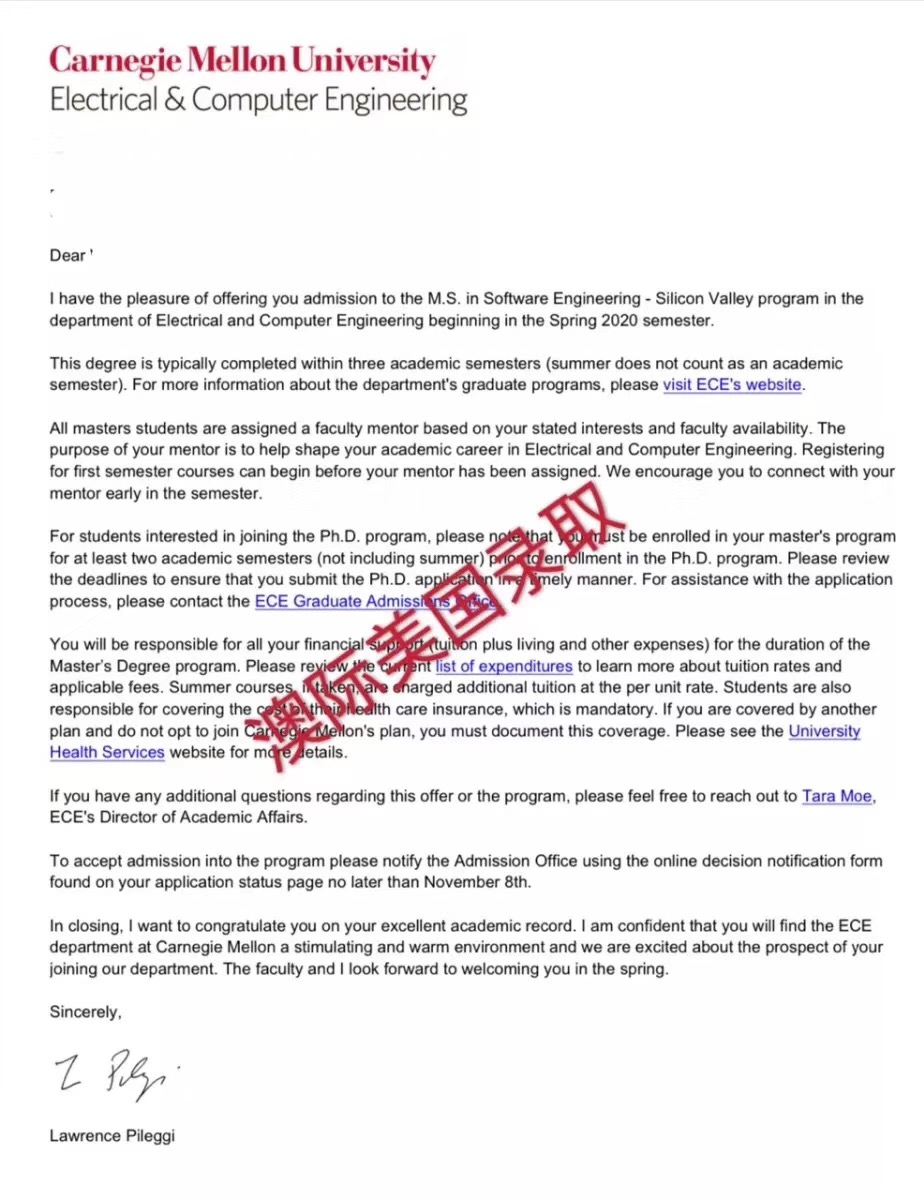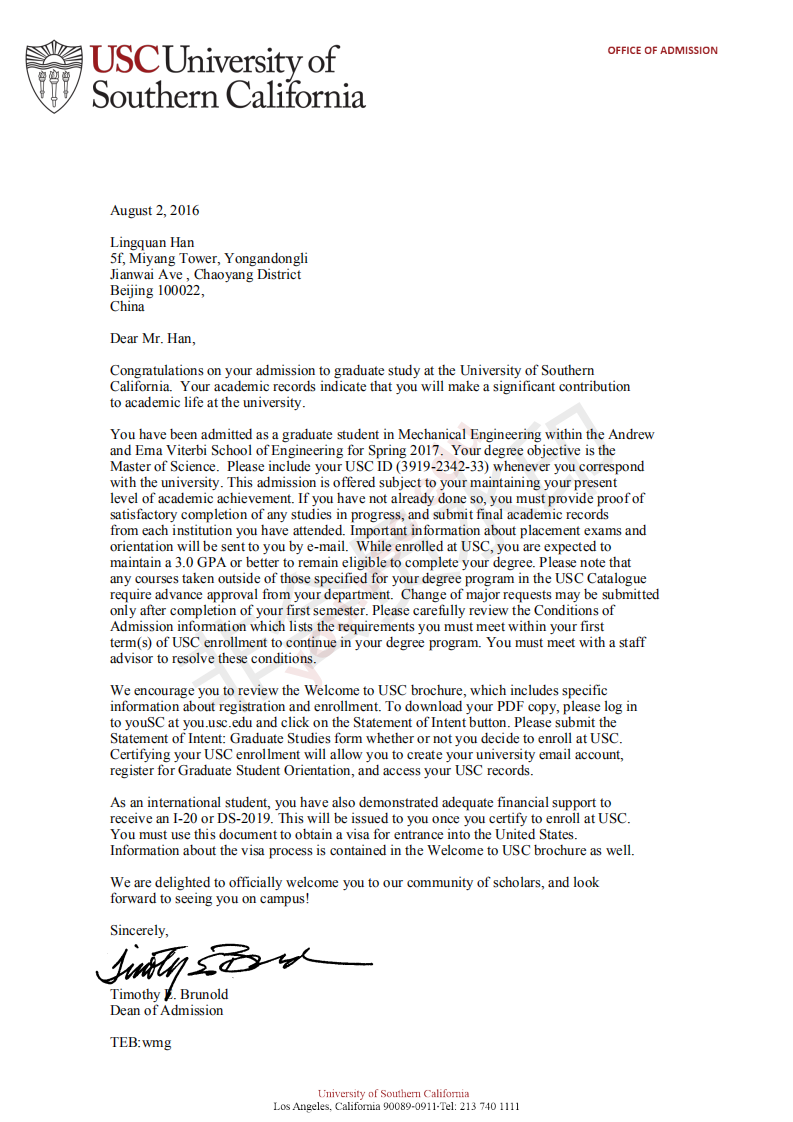SAT2美国历史词汇表:F.
2017-08-06 197阅读
大家一定要掌握关于SAT2美国历史的一些词汇,下面澳际小编为大家介绍以字母F开头的SAT2美国历史词汇表整理,词汇中涉及到了重要的历史事件、历史时期以及人物,非常全面,大家在复习SAT2美国历史时可以进行参考。
F
Fair Deal
Truman’s attempt to extend the policies of the New Deal. Beginning in 1949, the Fair Deal included measures to increase the minimum wage, expand Social Security, and construct low-income housing.
Fair Labor Standards Act
Passed in 1938. The Fair Labor act provided for a minimum wage and restricted shipment of goods produced with child labor, and symbolized the FDR administration’s commitment to working with with labor forces.
Farmers’ Alliance
Replaced the Grange as a support group for the nation’s farmers during the 1880s. The alliances were politically active in the Midwest and South, and were central to the founding of the Populist Party.
Federal Deposit Insurance Corporation (FDIC)
Created as a part of the first New Deal to increase faith in the banking system by insuring individual deposits with federal funds.
Federal Emergency Reli Act (FERA)
One of the New Deal’s most comprehensive measures, passed May 1933. FERA appropriated $500 million to support state and local treasuries that had run dry.
Federal Home Loan Bank Act
A late attempt by President Hoover to address the problems of destitute Americans. The 1932 Federal Home Loan Bank Act established a series of banks to make loans to other banks, building and loan associations, and insurance agencies in an attempt to prevent foreclosures on private homes.
Federalists
Led by Alexander Hamilton. Federalists believed in a strong central government at the expense of state powers and were staunch supporters of the Constitution during the ratification process. They remained a political force throughout the first thirty or so years of the United States. The Federalists entered into decline after the election of Thomas Jferson to the presidency and disappeared as a political party after the the Hartford Convention, at the close of the War of 1812.
The Federalist Papers
A series of newspaper articles written by John Jay, James Madison, and Alexander Hamilton, The Federalist Papers enumerated the arguments in favor of the Constitution and ruted the arguments of the Anti-federalists.
Federal Reserve Act
Woodrow Wilson’s most notable legislative success. The 1913 Federal Reserve Act reorganized the American banking system by creating a network of twelve Federal Reserve banks authorized to distribute currency.
Federal Reserve Board (“The Fed”)
Responsible for making monetary policy in the United States. The Fed operates mainly through the mechanisms of buying and selling government bonds and adjusting the interest rates. During the Great Depression, the Fed was given greater power and freedom to directly regulate the economy.
Federal Securities Act
Passed in 1914. The act made corporate executives liable for any misrepresentation of securities issued by their companies. It paved the way for future acts to regulate the stock market.
Federal Trade Commission Act
Created the Federal Trade Commission in 1914 to monitor and investigate firms involved in interstate commerce and to issue “cease and desist” orders when business practices violated free competition. The act was a central part of Wilson’s plan to aggressively regulate business.
The Feminine Mystique
Written by Betty Friedan in 1963. The book was a rallying cry for the women’s liberation movement. It denounced the beli that women should be tied to the home and encouraged women to get involved in activities outside their home and family.
Fifteenth Amendment
Ratified in March 1870. The Fifteenth Amendment prohibited the denial of voting rights to any citizen based on “race, color, or previous condition of servitude.”
Millard Fillmore
Vice president to Zachary Taylor until Taylor’s death in 1850. Fillmore took over as president and served out the remainder of Taylor’s term, until 1853. He helped to push the Compromise of 1850 through Congress.
Fireside chats
FDR’s public radio broadcasts during his presidency. Through these broadcasts he encouraged confidence and national unity and cultivated a sense of governmental compassion.
First Continental Congress
Convened on September 5, 1774, with all the colonies but Georgia sending delegates chosen by the Committees of Correspondence. The congress endorsed the Suffolk Resolves, voted for an organized boycott of British imports, and sent a petition to King George III that conceded to Parliament the power of regulation of commerce, but stringently objected to Parliament’s arbitrary taxation and unfair judicial system.
First Great Awakening
A time of religious fervor during the 1730s and 1740s. The movement arose in response to the Enlightenment’s increased religious skepticism. Protestant ministers held revivals throughout the English colonies in America, stressing the need for individuals to repent and urging a personal understanding of truth instead of an institutionalized one. The Great Awakening precipitated a split within American Protestantism.
First hundred days
Rers to the first hundred days of FDR’s presidency, from March 4 to June 16, 1933. During this period of dramatic legislative productivity, FDR laid out the programs that constituted the New Deal.
F. Scott Fitzgerald
A prominent author during the Roaring Twenties, F. Scott Fitzgerald wrote stories and novels that both glorified and criticized the wild lives of the carree and prosperous. His most famous works include This Side of Paradise, published in 1920, and The Great Gatsby, published in 1925.
Flapper
A central stereotype of the Jazz Age. The flapper was a flamboyant, liberated, pleasure-seeking young woman seen more in media portrayals than in reality. The archetypal flapper look was tomboyish and fashionable: short bobbed hair; knee-length, fringed skirts; long, draping necklaces; and rolled stockings.
Force Bill
Authorized President Jackson to use arms to collect customs duties in South Carolina as part of the Compromise of 1833.
Gerald Ford
Vice president to Nixon after Spiro Agnew. Ford took over the presidency after the Watergate scandal forced Nixon to resign on August 9, 1974. Ford pardoned Nixon and pushed a conservative domestic policy, but was little more than a caretaker of the White House until his deat in the election of 1976.
Fourteen Points
Woodrow Wilson’s liberal and idealistic peace program. His plan, outlined January 1918, called for unrestricted sea travel, free trade, arms reduction, an end to secret treaties, the territorial reorganization of Europe in favor of self-rule, and most importantly, the creation of “a general association of nations” to protect peace and resolve conflicts.
Fourteenth Amendment
Ratified in July 1868. The Fourteenth Amendment guaranteed the rights of citizenship to all people, black or white, born or naturalized in the United States. It also provided for the denial of congressional representation for any state that denied suffrage to any of its male citizens.
Francisco Franco
Controlled the rightist forces during the Spanish Civil War. His fascist government ruled Spain from 1939 until 1975.
Benjamin Franklin
Inventor, patriot, and statesman. Franklin served as an ambassador to France during the Revolutionary War, playing a key role in getting France to recognize the United States’ independence. As the oldest delegate to the Constitutional Convention, the other delegates admired his wisdom, and his advice proved crucial in the drafting of the Constitution. Franklin has often been held up as the paradigm of Enlightenment thought in Colonial America because of his fascination with—and contributions to—the fields of science and philosophy.
Freedmen’s Bureau
Established in 1865 and staffed by Union army officers. The Freedmen’s Bureau worked to protect black rights in the South and to provide employment, medical care, and education to Southern blacks.
Freedom ride
A 1961 program, led by the Congress of Racial Equality and the Student Nonviolent Coordinating Committee, in which black and white members of the two organizations rode through the South on public buses to protest illegal segregation in interstate transportation.
Freeport Doctrine
Democrat Stephen A. Douglas’s attempt to reconcile his beli in popular sovereignty with the Dred Scott decision. In the famed Lincoln-Douglas debates of 1858, Douglas argued that territories could fectively forbid slavery by failing to enact slave codes, even though the Dred Scott decision deprived government of the right to restrict slavery in the territories.
Free-Soil Party
A political party supporting abolition. It was formed from the merger of a northern faction of the Democratic Party, the abolitionist Liberty Party, and antislavery Whigs. The Free-Soilers nominated Martin Van Buren as their candidate for president. The party didn’t win the election, but it did earn 10 percent of the national popular vote—an impressive showing for a third party. The relative success of the Free-Soil Party demonstrated that slavery had become a central issue in national politics.
French and Indian War
Fought in North America from 1754–1763. The war mirrored the Seven Years War in Europe (1756–1763). English colonists and soldiers fought the French and their Native American allies for dominance in North America. England’s eventual victory brought England control of much disputed territory and eliminated the French as a threat to English dominance in the Americas.
Fugitive Slave Act
Passed in 1793 and strengthened as part of the Compromise of 1850. The act allowed Southerners to send posses into Northern soil to retrieve runaway slaves. During the early 1850s, Northerners mounted resistance to the act by aiding escaping slaves and passing personal liberty laws.
Fundamentalism
Emerged in the early 1900s as a reaction to the many scientific and social challenges facing conservative American Protestantism. Protestant fundamentalists insisted upon the divine inspiration and absolute truth of the Bible, and sought to discredit or censure those who questioned the tenets of Protestant faith. Fundamentalism peaked in the 1920s with the anti-evolution movement, culminating in the Scopes Monkey Trial.
以上就是以字母F开头的SAT2美国历史词汇表整理介绍。接下来澳际小编还会连续为大家介绍其它SAT2考试词汇,希望大家持续关注。澳际小编祝大家都能取得优异的SAT2考试成绩!
SAT2美国历史词汇表:FSAT2美国历史词汇表:F(2)大家一定要掌握关于SAT2美国历史的一些词汇,下面澳际小编为大家介绍以字母F开头的SAT2美国历史词汇表整理,词汇中涉及到了重要的历史事件、历史时期以及人物,非常全面,大家在复习SAT2美国历史时可以进行参考。
F
Fair Deal
Truman’s attempt to extend the policies of the New Deal. Beginning in 1949, the Fair Deal included measures to increase the minimum wage, expand Social Security, and construct low-income housing.
Fair Labor Standards Act
Passed in 1938. The Fair Labor act provided for a minimum wage and restricted shipment of goods produced with child labor, and symbolized the FDR administration’s commitment to working with with labor forces.
Farmers’ Alliance
Replaced the Grange as a support group for the nation’s farmers during the 1880s. The alliances were politically active in the Midwest and South, and were central to the founding of the Populist Party.
Federal Deposit Insurance Corporation (FDIC)
Created as a part of the first New Deal to increase faith in the banking system by insuring individual deposits with federal funds.
Federal Emergency Reli Act (FERA)
One of the New Deal’s most comprehensive measures, passed May 1933. FERA appropriated $500 million to support state and local treasuries that had run dry.
Federal Home Loan Bank Act
A late attempt by President Hoover to address the problems of destitute Americans. The 1932 Federal Home Loan Bank Act established a series of banks to make loans to other banks, building and loan associations, and insurance agencies in an attempt to prevent foreclosures on private homes.
Federalists
Led by Alexander Hamilton. Federalists believed in a strong central government at the expense of state powers and were staunch supporters of the Constitution during the ratification process. They remained a political force throughout the first thirty or so years of the United States. The Federalists entered into decline after the election of Thomas Jferson to the presidency and disappeared as a political party after the the Hartford Convention, at the close of the War of 1812.
The Federalist Papers
A series of newspaper articles written by John Jay, James Madison, and Alexander Hamilton, The Federalist Papers enumerated the arguments in favor of the Constitution and ruted the arguments of the Anti-federalists.
Federal Reserve Act
Woodrow Wilson’s most notable legislative success. The 1913 Federal Reserve Act reorganized the American banking system by creating a network of twelve Federal Reserve banks authorized to distribute currency.
Federal Reserve Board (“The Fed”)
Responsible for making monetary policy in the United States. The Fed operates mainly through the mechanisms of buying and selling government bonds and adjusting the interest rates. During the Great Depression, the Fed was given greater power and freedom to directly regulate the economy.
Federal Securities Act
Passed in 1914. The act made corporate executives liable for any misrepresentation of securities issued by their companies. It paved the way for future acts to regulate the stock market.
Federal Trade Commission Act
Created the Federal Trade Commission in 1914 to monitor and investigate firms involved in interstate commerce and to issue “cease and desist” orders when business practices violated free competition. The act was a central part of Wilson’s plan to aggressively regulate business.
The Feminine Mystique
Written by Betty Friedan in 1963. The book was a rallying cry for the women’s liberation movement. It denounced the beli that women should be tied to the home and encouraged women to get involved in activities outside their home and family.
Fifteenth Amendment
Ratified in March 1870. The Fifteenth Amendment prohibited the denial of voting rights to any citizen based on “race, color, or previous condition of servitude.”
Millard Fillmore
Vice president to Zachary Taylor until Taylor’s death in 1850. Fillmore took over as president and served out the remainder of Taylor’s term, until 1853. He helped to push the Compromise of 1850 through Congress.
Fireside chats
FDR’s public radio broadcasts during his presidency. Through these broadcasts he encouraged confidence and national unity and cultivated a sense of governmental compassion.
First Continental Congress
Convened on September 5, 1774, with all the colonies but Georgia sending delegates chosen by the Committees of Correspondence. The congress endorsed the Suffolk Resolves, voted for an organized boycott of British imports, and sent a petition to King George III that conceded to Parliament the power of regulation of commerce, but stringently objected to Parliament’s arbitrary taxation and unfair judicial system.
上12下
共2页
阅读全文留学咨询
更多出国留学最新动态,敬请关注澳际教育手机端网站,并可拨打咨询热线:400-601-0022
留学热搜
相关推荐
- 专家推荐
- 成功案例
- 博文推荐

Copyright 2000 - 2020 北京澳际教育咨询有限公司
www.aoji.cn All Rights Reserved | 京ICP证050284号
总部地址:北京市东城区 灯市口大街33号 国中商业大厦2-3层









高国强 向我咨询
行业年龄 11年
成功案例 2937人
留学关乎到一个家庭的期望以及一个学生的未来,作为一名留学规划导师,我一直坚信最基本且最重要的品质是认真负责的态度。基于对学生和家长认真负责的原则,结合丰富的申请经验,更有效地帮助学生清晰未来发展方向,顺利进入理想院校。
陈瑶A 向我咨询
行业年龄 15年
成功案例 4612人
拥有大量高端成功案例。为美国哈佛大学、宾夕法尼亚大学等世界一流名校输送大批优秀人才。
齐亚楠 向我咨询
行业年龄 13年
成功案例 3536人
商科案例有哥伦比亚大学等,工科案例有麻省理工大学等,艺术案例有罗德岛大学等。
李君君 向我咨询
行业年龄 13年
成功案例 3623人
成功案例涉及美国排名前60的院校,专业涵盖商科(金融,会计,管理),工科(生物工程,化学工程,计算机科学,电气工程)等热门领域。